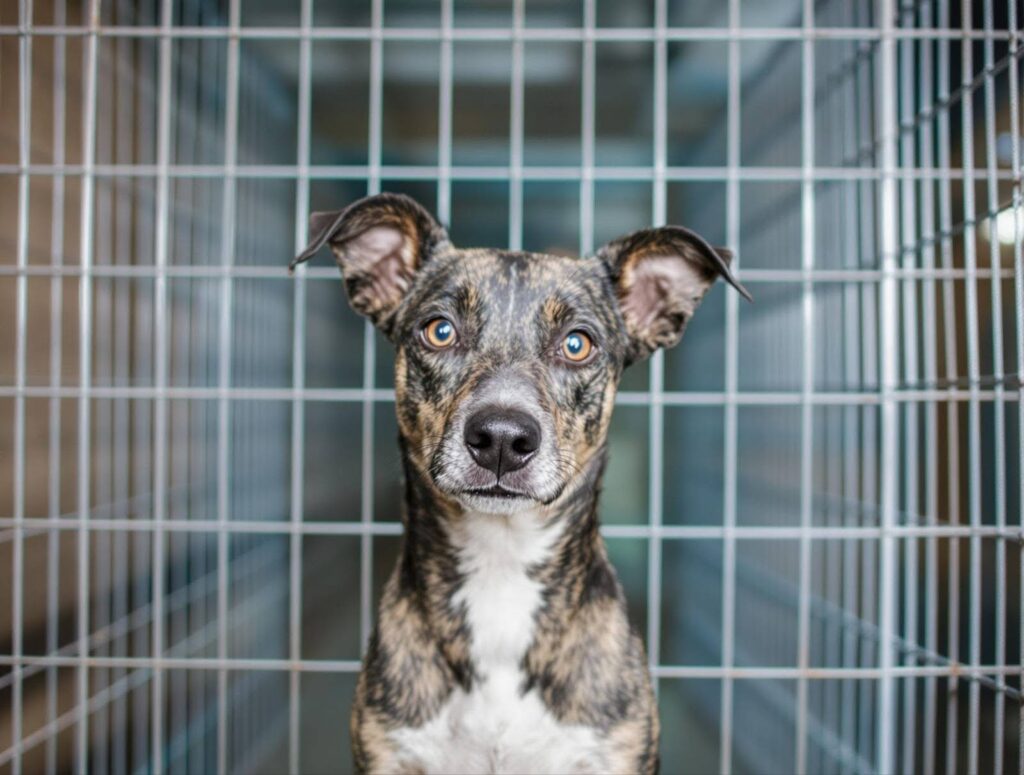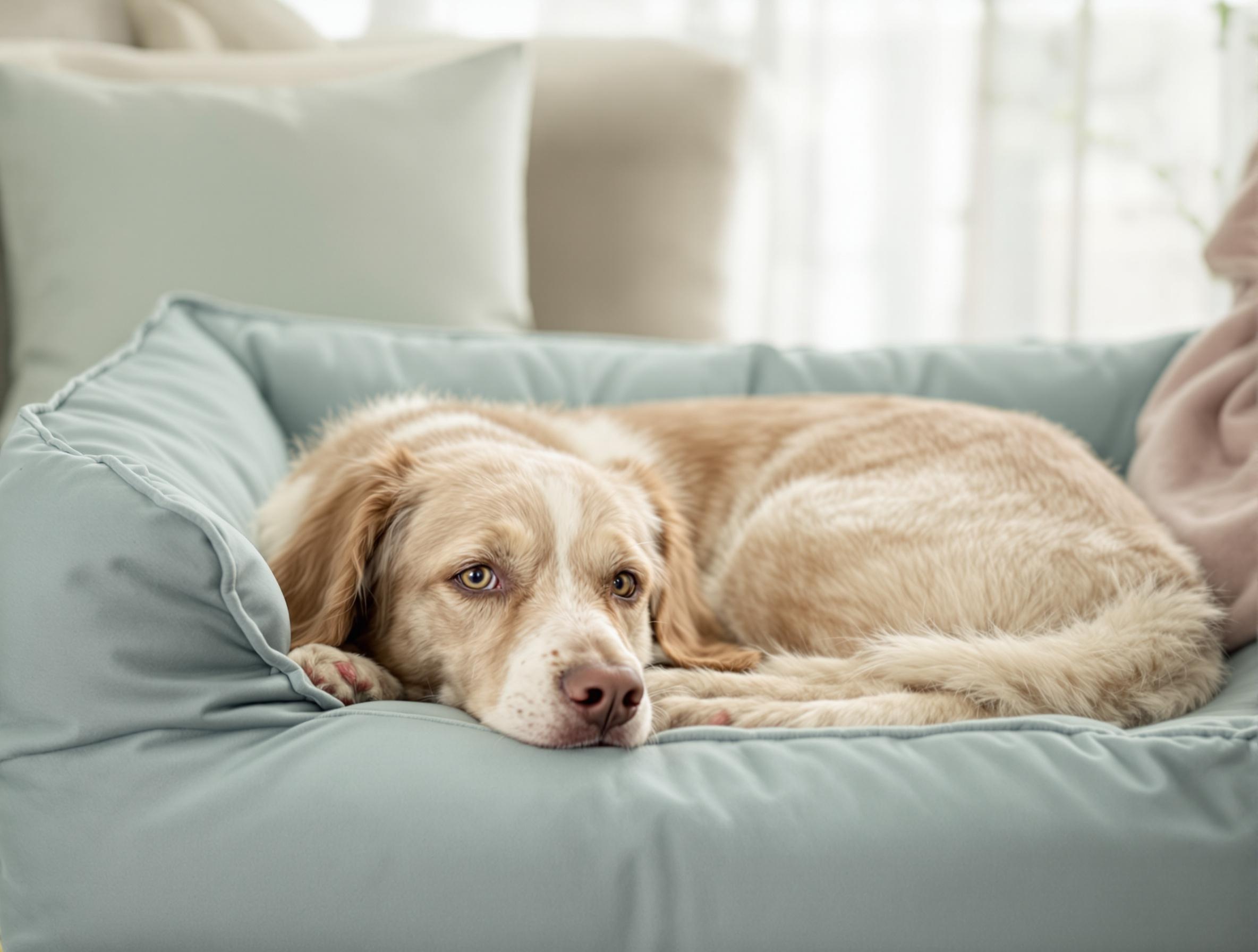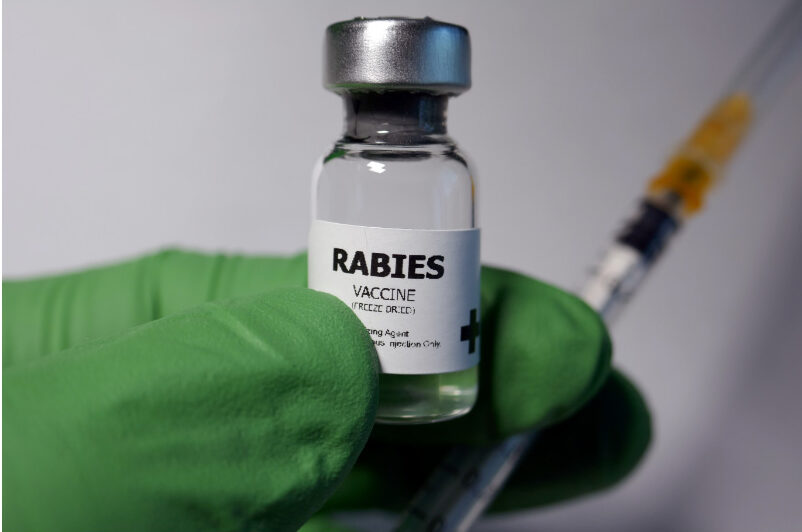A Friendly Guide to House Training a Dog

Key Takeaways
- Building a consistent routine helps your dog understand when and where to go, reducing accidents and building trust.
- Positive reinforcement, like praise and treats, encourages your dog to repeat good potty habits.
- Recognizing your dog’s signals and avoiding common mistakes like inconsistent schedules can make house training faster and less stressful.
We love our pets dearly, but nobody can deny that coming home to spoiled furniture and upholstery can be a little frustrating, which is where house training comes in.
By creating a routine and slowly introducing your furry friend to an indoor lifestyle, you set yourselves up for a harmonious home life. If you think training is not your cup of tea, don’t worry.
As shared in our everything guide to your new puppy or dog, success comes from gentle guidance and consistent support. At PetHealthMD, we offer proven methods and tips that make house training a bonding experience. Together, we’ll create a comfortable routine that strengthens the connection between you and your dog.
Exploring the Best Methods for House Training a Puppy
A little planning goes a long way. Explore helpful tools in the Dog Supplies category on PetMeds to support your training routine.
A little planning goes a long way when it comes to house training. By setting up a consistent routine and using the techniques below, you can help your dog learn faster and feel more secure. Below are key methods that can make the process smoother and more successful:
Crate Training
A crate gives your pet a safe, comfortable place to rest while helping them learn to hold their bladder. Choose a crate that’s just the right size.
Consistent Routine
Feeding at the same time helps regulate bathroom habits. Taking them outside regularly, especially after meals, naps, and playtime, reinforces where they should go.
Recognizing Signals
Watch for sniffing, circling, or heading toward the door. Responding quickly prevents accidents and reinforces good habits.
Positive Reinforcement
When they go in the right spot, offer praise or a small treat. Rewards help make house training a positive experience.
Gradual Independence
As your pet improves, expand their access to the home little by little while supervising.
Accidents will happen, and that’s part of the process. Patience and understanding will help you build a strong bond.

Realistic Timelines: How Long Does House Training Take?
“How long will it take to house train my dog?” is one of the most common questions. While most puppies begin mastering potty habits around 12 weeks old, every dog learns at their own pace.
Signs of Progress
- Your pup gives “heads up” signals.
- Nighttime potty breaks become less frequent.
- Your daily routine feels more natural with fewer surprises.
Factors That Influence Timing
You can also browse essential puppy training aids on 1800petmeds.com to support consistent progress.
- Small breed puppies may need more frequent breaks.
- Rescue dogs may need extra time to adjust.
- Apartment living may require creating an indoor potty option.
Avoiding Common House Training Mistakes
House training can feel tricky, but every pet parent goes through this stage. Consistency is key. If family members give mixed signals, it can confuse your puppy.
Timing matters. Puppies learn best when rewarded immediately for good behavior. Taking them out frequently in the beginning helps build strong habits.
Pay close attention to your dog’s cues. Catching the signals early gives you time to guide them outside.
House Training Tips for Puppies and Older Dogs
House training strategies vary slightly by age, but the foundations stay the same: patience, consistency, and positive reinforcement.
For Puppies
- Start the morning with a bathroom break.
- Keep a predictable schedule.
- Use a designated potty spot.
- Use simple verbal cues.
- Reward successes.
- Stay calm about accidents.
For Older Dogs
- Give them time to adjust to a new home.
- Maintain consistent routines.
- Offer more frequent outdoor breaks if needed.
- Use praise and treats.
- Watch for subtle signals like pacing.
Frequently Asked Questions About House Training
How long does it take to house train a puppy?
Most puppies show progress around 12 to 16 weeks old, but complete training can take weeks or months, depending on routine and learning pace.
How often should I take my puppy outside?
Usually every 1 to 2 hours, plus after waking, eating, drinking, or playing.
What should I do if my puppy has an accident inside?
Stay calm. Clean thoroughly with an enzymatic cleaner.
Is crate training necessary?
Not required, but very helpful for bladder control and supervision.
Why is my dog still having accidents?
Possible causes include inconsistent schedules or missed signals. Adjust routines and reinforce good behavior.
Can older dogs be house-trained?
Absolutely. They may take a bit longer, but consistency works.
Should I use puppy pads?
They can help in apartments or with young puppies, but may delay outdoor training.
How do I teach my dog to signal that they need to go?
Watch for pacing or sniffing. You can also train bell-ringing at the door.
How can I prevent accidents at night?
Limit water before bedtime, take them out right before sleep, and consider using a crate.
What is the best way to reward outdoor potty trips?
Use enthusiastic praise and small treats immediately.
Your House Training Journey Made Easy
House training requires time, patience, and consistency. By establishing a routine and using positive reinforcement, you’ll create a comfortable learning environment for your dog. Each small success brings you closer to having a well-trained, happy companion.
As you move through this journey with your furry friend, PetHealthMD is here to guide you with proven strategies and helpful tips. You can also find the supplies you need for housetraining through the Dog Supplies category on PetMeds.





